Zebra Glass
Invasive Color and Material
Overview
Established invasive species are rarely able to be completely removed from their new habitat. Stigmatizing these species makes harvesting them for their potential commercial value more difficult. Seeing recently introduced species as causing temporary imbalance in their ecosystems, and then prioritizing their harvest as a way to mitigate the impact of their permanent place in the ecosystem is a more effective approach. Seeing ecological imbalance through a lense of materiality helps identify the opportunities that invasive species offer.
Efforts to remediate the devastating effects of zebra and quagga mussels on the great lakes ecosystem have been largely ineffective. We propose using zebra and quagga mussels as a source of calcium carbonate in the creation of region specific artisanal soda lime glass. Through design thinking, invasive species can be transformed from an “othered” ecological threat to an over-abundant local resource that reinforces place, identity, and awareness of local ecosystems.
Zebra Glass was a collaborative effort between Emily Marquette, Mahsa Banadaki and Wei-Hua Huang (Interaction Design), and under the instruction of Matthew Strong.
All illustrations completed by Mahsa Banadaki.
Applications used: Photoshop, Indesign, issuu, AfterEffects
Year: 2020-2021
Video
Zebra Glass proposes using zebra and quagga mussels, which are invasive to the Great Lakes ecosystem, as a source of calcium carbonate and colorant in the creation of region specific soda lime glass. The project seeks to transform these species from an ecological threat to an over-abundant regional resource that can be harvested and used for artisanal and industrial glass and ceramic applications.
Process
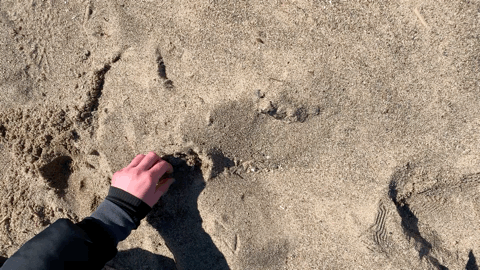

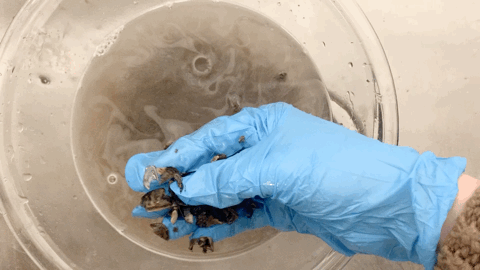
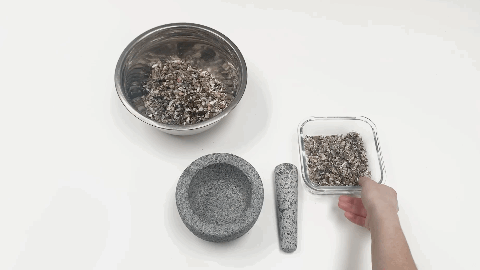

Processing
Batching
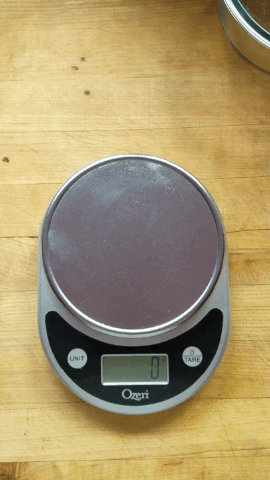

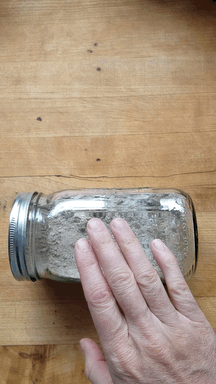
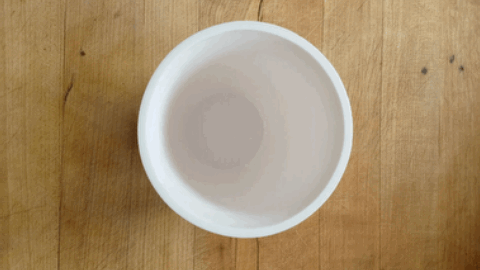



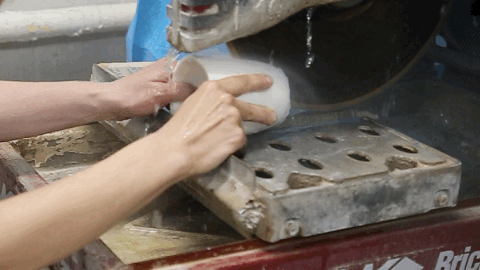



Firing
Processing Supplies and Research


Color Forecasting
Glass Color and Chemistry
Illustration by Mahsa Banadaki
Aqueous Color Forecasting
Illustration by Mahsa Banadaki
Chromatic Identity
Using color as a tool to represent location provides the opportunity to regionally brand Zebra Glass, expressing community and belonging by revealing something as deeply emotional and personal as color. This chromatic identity will be expressed through local and regional bio-accumulated colorants. This visual representation of the region questions what it means to be invasive. Ideally, Zebra Glass utilizes Zebra and Quagga Mussels from each Great Lake, resulting in subtle or even dramatic color shifts based on the unique mineral and metal signatures of each ecosystem.
Results and Future Work
Zebra Glass seeks to explore a need for invasive species (Zebra and Quagga Mussels in the Great Lakes) to be mitigated while identifying new material methods that remove stigma, create demand and contribute to the conservation of native ecosystems. Viewing invasive species through a lens of materiality creates an opportunity to focus on these species as an abundant, sustainable resource that creates local connections and awareness, while redefining the stigma of “invasion”. What was once a stigmatized invader, can be an abundant source of solidarity, purpose, and beauty.






